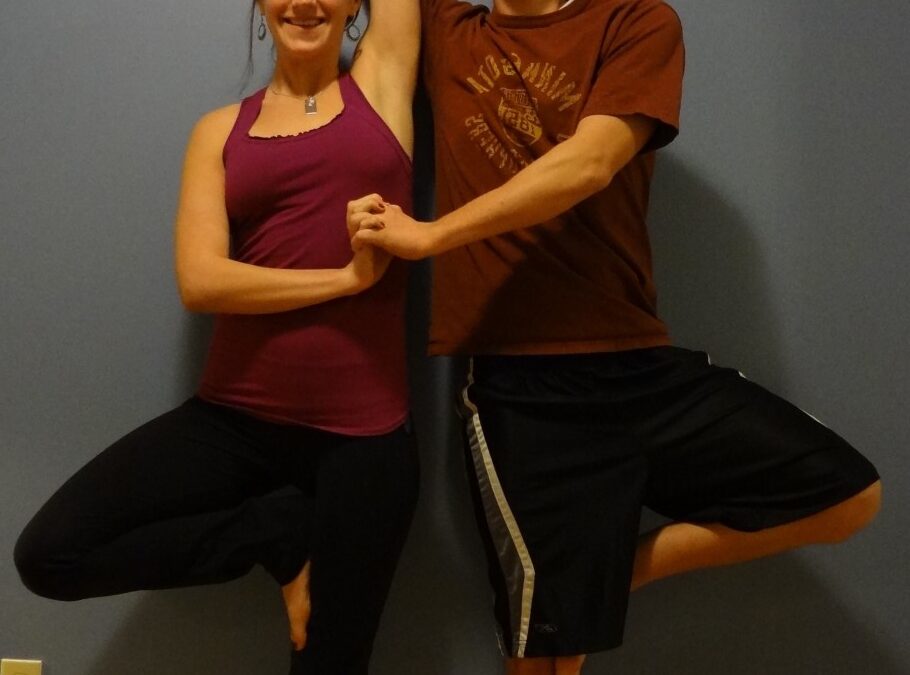By David Melling
I’ve been a resident doctor for over two years. Even though I am pretty new to this whole doctor thing, there is one topic that I am starting to become somewhat familiar with and that is acute low back pain. Since low back pain is so incredibly common, I have already encountered dozens of patients with this problem in both the emergency department and in the clinic. A recent study published by the Mayo Clinic listed back pain as the third most common reason for seeing a doctor (surprising or not, skin problems like acne was the number one reason).
There are many different causes of low back pain. Often, it is difficult to identify the exact cause of the pain since a patient’s symptoms are usually not specific for a certain diagnosis. In other words, different causes of low back pain can cause similar symptoms. Causes of low back pain include muscular strain, arthritis, disc herniation (see picture), spinal stenosis (narrowing of the spinal canal) and fracture of the vertebral bodies. More rare causes include cancerous invasion and infection of the spinal column. 
There are also numerous other causes as well. Special tests like MRI’s and X-rays are usually not needed unless the pain persists for several months and/or the patient has “red flag” symptoms. Red flag symptoms suggest more serious pathology and include traumatic injury, fever, unexplained weight loss, and neurologic dysfunction such as lower extremity weakness/paralysis, bowel or bladder dysfunction, and loss of sensation.
The majority of patients with acute low back pain do not a have serious/life threatening underlying pathology and will have improvement or resolution of their symptoms within about six weeks without any specific treatment. During the healing process, anti-inflammatory medications such as Ibuprofen are effective pain relievers. Ibuprofen belongs to a class of medications called NSAIDs. NSAIDs are generally safe medications but can increase your risk of gastrointestinal ulceration and bleeding. NSAIDs should be avoided in people with heart and kidney disease. Tylenol is an effective alternative to NSAIDs. Bed rest is not recommended for back pain. Patients should stay as active as possible but should avoid any activities that induce or aggravate pain. Patients are often referred to physical therapy which can be very beneficial. Yoga, massage, spinal manipulation therapy and acupuncture can be beneficial as well. Patients can use ice and/or heat, basically whichever one provides relief. Narcotic pain medications such as Vicodin and Percocet should generally not be prescribed for back pain since they can be addicting. In 2008, these drugs were involved in 14,800 overdose deaths which is more than cocaine and heroin combined.
For me, spending some extra time counseling my patients on low back pain to help them cope with the problem is a big part of the overall treatment. This includes educating them on the fact that low back pain is an extremely common condition and that they are not alone in suffering from it. I also make sure that they understand that this is very likely not life threatening and will likely get better within a few weeks; however, it will take time and there is no quick fix. This simple information can completely change a patient’s perspective on their problem and how they cope with it which can ultimately improve their quality of life. I have also recently started recommending other coping strategies such as meditation and mindfulness.
As an internal medicine resident, I value preventative medicine. For instance, exercise regularly can help prevent diabetes. I believe the same is true for low back pain. Exercising to strengthen our core muscles can help prevent back problems from developing in the first place. Although this does require some effort, it is well worth it to keep our one and only body healthy and pain free. Yoga is a perfect way to strengthen core muscles which will help protect against back pain. Yoga can also help a patient cope with pain through meditation and mindfulness. Putting both of these qualities together, yoga is one of the best things a patient can do both prevent and treat back pain.

